To achieve the credit growth plan of 13-14%, commercial banks will have to make more efforts to both boost credit to the economy and maintain system safety.
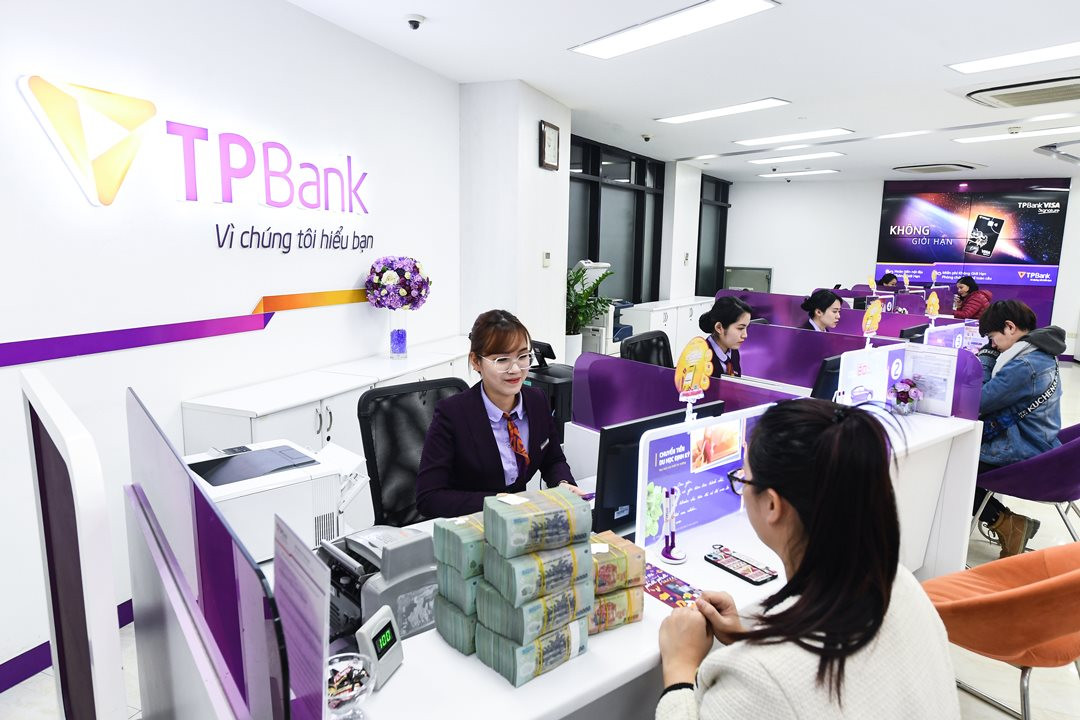
Lowering interest rates is not a “magic wand”
Currently, deposit interest rates have dropped to the “rock bottom”, pulling lending interest rates to a much more “affordable” level than before. Although lending interest rates have not decreased as quickly as deposit interest rates due to a delay, bank representatives have affirmed that lending interest rates are on the way to a deep decline to support the economy. The question is what needs to be done to push credit into the economy without lowering credit standards?
In fact, not only in market 1 (banks with businesses and people), interest rates in market 2 (interbank) have dropped to a record low.
In some sessions in early December 2023, the average interbank interest rate for VND overnight was very low at 0.2%/year, 1 week was 0.34%/year, 2 weeks was 0.57%/year and 1 month was 1.09%/year. On the mortgage channel, in the session on December 5, the State Bank bid 1,000 billion VND with a term of 7 days, interest rate of 4.0%/year but there was no winning bid volume, no circulating volume on this channel. Also in this session, there were 5,000 billion VND of treasury bills maturing, meaning that the State Bank net injected 5,000 billion VND into the market, reducing the number of treasury bills in circulation to 5,000 billion VND.
Thus, after 35 consecutive issuance sessions with a total scale of VND360,345 billion, the State Bank has stopped the issuance of treasury bills since November 9 and pumped a large amount of liquidity back into the banking system when the old batches of treasury bills matured. The amount of treasury bills maturing is believed to have contributed to the sharp decline in interbank interest rates in recent weeks.
A representative of the Vietnam Joint Stock Commercial Bank for Industry and Trade (VietinBank) said that the bank has excess capital, but to push capital into the economy and ensure credit growth targets, it is not only about managing monetary policy, credit or credit room, but also about the economy's ability to absorb capital.
Leaders of many other joint stock commercial banks also shared the same opinion that, unlike this time in previous years when it was the season for businesses and people to borrow capital, this year a large amount of mobilized capital cannot be disbursed. Low interest rates are considered one of the important factors for businesses to have conditions to borrow capital in the context of the global economy falling into recession. However, interest rates are not a "magic wand" to help businesses recover, but more importantly, the ability of the economy to recover.
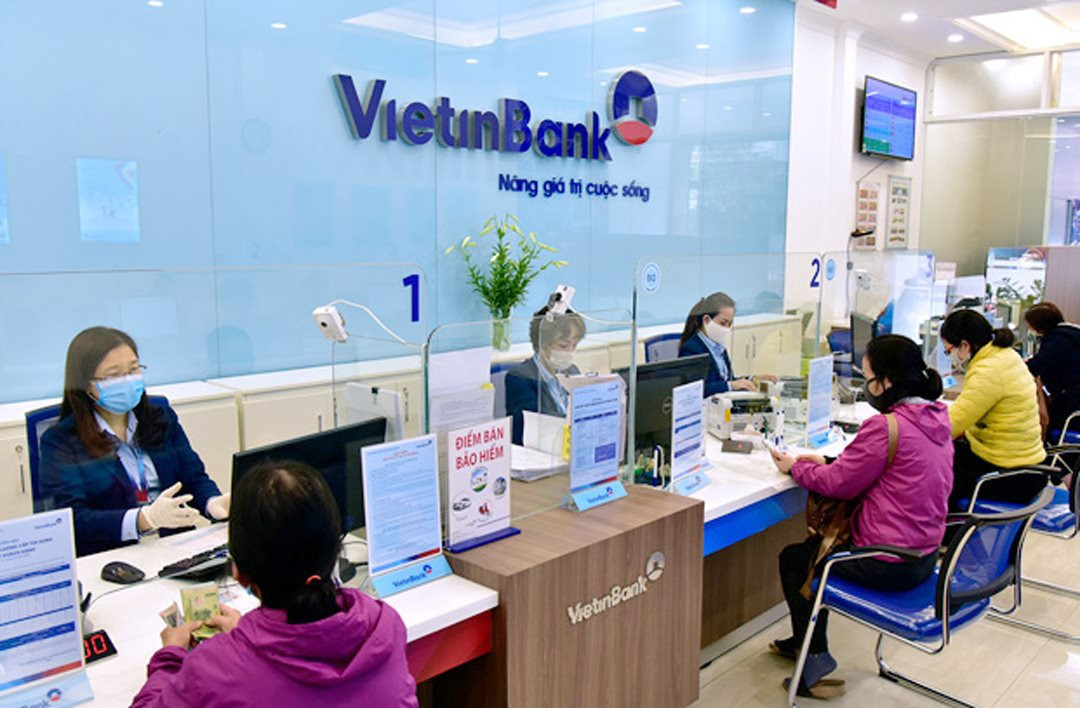
No lending at all costs
Flexibility in management, meeting the requirements to continue promoting credit growth, at the end of November 2023, the State Bank sent a document to credit institutions announcing the additional growth rate. Specifically, credit institutions with outstanding credit balances reaching 80% of the target by the end of November 2023 will be proactively supplemented with additional limits based on the 2022 ranking. At the same time, priority will be given to credit institutions focusing credit on priority areas...
General Director of Tien Phong Commercial Joint Stock Bank (TPBank) Nguyen Hung said that after the decision to reallocate credit, TPBank was increased by 5%. Currently, the credit room for lending to businesses and people is very large, so the bank will continue to lower lending interest rates. The bank will maintain loan packages focusing on construction, medical equipment, pharmaceuticals, telecommunications, electricity, industrial park construction contractors, etc.
To continue to push credit capital into the economy, banks have continuously launched many interest rate support loan packages. For example, Saigon - Thuong Tin Commercial Joint Stock Bank (Sacombank) has deployed a new capital source to accelerate production and business of VND 10,000 billion for enterprises with interest rates of 3%/year for a 1-month term, 4%/year for a 2-month term, from 5%/year for a 3-month term, from 5.5%/year for a 4-12 month term until January 31, 2024. Other banks such as Lien Viet Post Joint Stock Commercial Bank (LPBank), Southeast Asia Commercial Joint Stock Bank (SeABank), An Binh Commercial Joint Stock Bank (ABBANK) ... have also launched many loan packages with attractive interest rates.
Representatives of banks all agree that in the current context, credit disbursement is a difficult problem. Vice President and General Secretary of the Vietnam Banking Association Nguyen Quoc Hung said that banks have excess liquidity so they also want to find customers. However, credit demand is quite weak, many businesses are restructuring assets, depositing money in banks. The problem for banks now is how to provide capital to qualified customers.
Bank representatives affirmed that, along with the credit promotion process, all loans must be up to standard, limiting bad debts later. Many banks are running around to lend but not at all costs.
The State Bank of Vietnam will continue to closely monitor market developments to promptly regulate credit growth from banks with excess credit to banks with insufficient credit, ensuring credit supply for the economy, contributing to removing difficulties for production and business, and promoting economic growth. At the same time, the State Bank will continue to study, propose, amend, and supplement a number of documents to facilitate the removal of difficulties for the economy, increasing access to bank credit in the coming time.
----------
Governor of the State Bank Nguyen Thi Hong:
Removing difficulties but must strictly manage risks
Managing credit growth is not easy because the economy itself and its investment capital needs depend heavily on bank capital.
As of October 2023, according to the system's loan turnover report, it reached 17.6 million billion VND, higher than the whole year of 2021 (17.4 million billion VND). With only about 1 month left until the end of 2023, this figure is likely to reach over 19 million billion VND. This is a large number, but credit only increased by 9.15%, proving that the banking system is still providing credit capital to the economy but mainly focusing on short-term loans.
Credit growth in countries around the world is slowing, not just in Vietnam, due to reduced aggregate demand. Regarding the issue of medium and long-term capital in Vietnam, it is necessary to be careful in mobilizing short-term capital for short-term loans only, ensuring the ability to pay when people withdraw money. Regarding the legal framework, the State Bank is reviewing and amending a number of legal documents, based on the principle of removing difficulties but strictly managing risks, ensuring system safety.
Deputy General Director of Vietnam Technological and Commercial Joint Stock Bank Phung Quang Hung:
Optimizing business costs from fiscal policy
In 2023, the situation is very difficult. For example, customers in the textile industry have reduced revenue by 30-40%. In that context, the banking industry has joined hands, actively reducing interest rates, contributing to credit growth for the economy. At Vietnam Technological and Commercial Joint Stock Bank, as of November 2023, credit growth was about 13.7%. The bank will continue to disburse to businesses this December.
Currently, the interest rates of countries around the world are very high. Vietnam is one of the few countries that can manage interest rates and exchange rates stably, creating conditions to reduce lending interest rates. Since the beginning of the year, banks have reduced interest rates 6 times, with a total average reduction of 3-4%/year, thereby helping to optimize financial costs for businesses.
However, to optimize costs for businesses, there are still many solutions from fiscal policy. For example, countries reduce corporate income tax, reduce direct costs for industries and professions; diversify funding channels, such as the bond market needs more attention...
Assoc. Prof. Dr. Pham The Anh, Chief Economist of Vietnam Center for Economic and Strategic Studies (VESS):
Credit growth could hit double digits
Credit growth this year may reach double digits, but it will not have much significance in boosting economic growth because part of it is due to businesses rolling over debt.
The target set at the beginning of the year was to increase the Gross Domestic Product (GDP) by 6.5%, so credit growth must be at around 14%. Up to now, the possibility of GDP growth being lower than the target of only around 5% means credit growth must also be low, only around 10%-11% is appropriate. Policy interest rates are unlikely to decrease further due to a number of factors such as: Overall inflation is reversing, the limit on positive real interest rates, world interest rates continue to be anchored at high levels, or exchange rate stability targets.
The reduction of lending interest rates is currently in the hands of commercial banks, but they also have certain difficulties. The mobilization interest rates in the previous period were high, so banks could not immediately reduce lending interest rates. In addition, the banking system also had to face the risk of bad debt.
Source




![[Photo] Looking back at the impressive moments of the Vietnamese rescue team in Myanmar](https://vstatic.vietnam.vn/vietnam/resource/IMAGE/2025/4/11/5623ca902a934e19b604c718265249d0)

![[Photo] "Beauties" participate in the parade rehearsal at Bien Hoa airport](https://vstatic.vietnam.vn/vietnam/resource/IMAGE/2025/4/11/155502af3384431e918de0e2e585d13a)


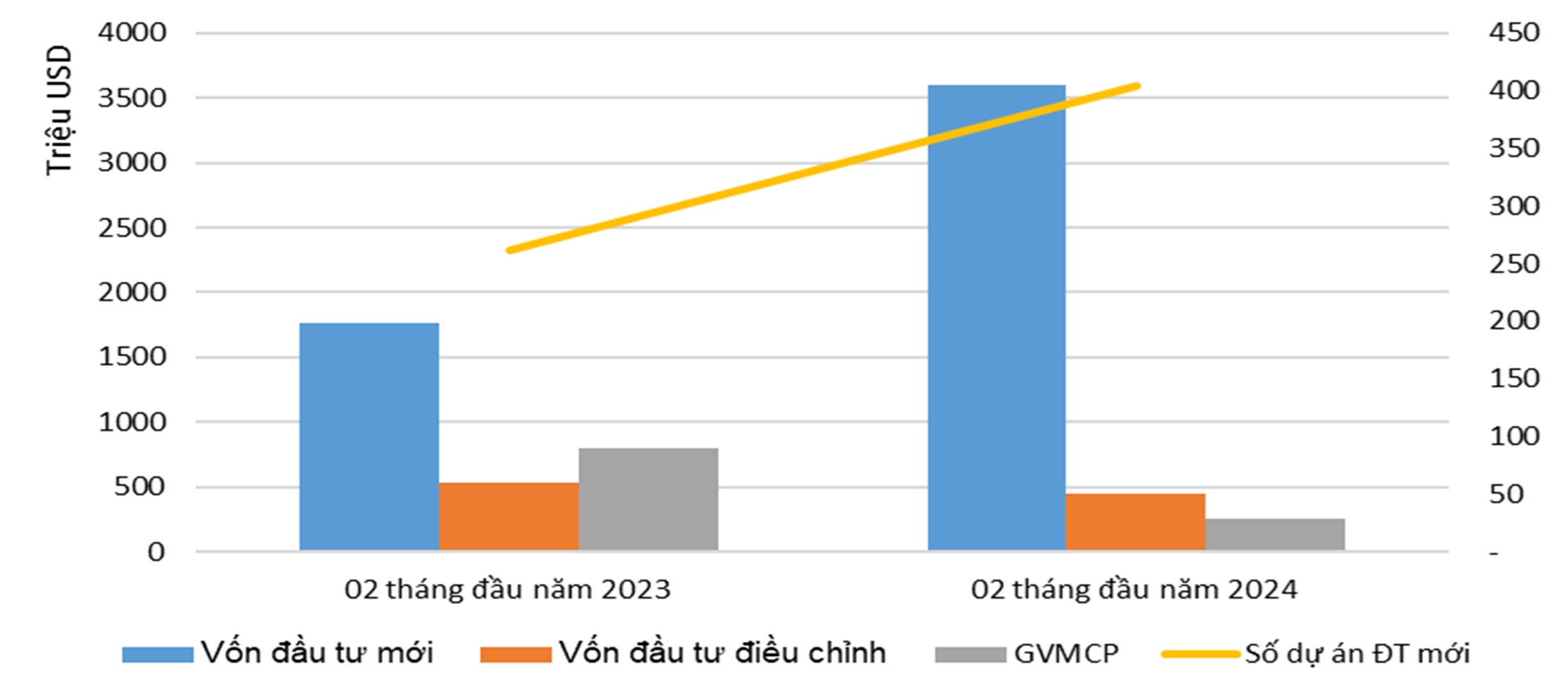
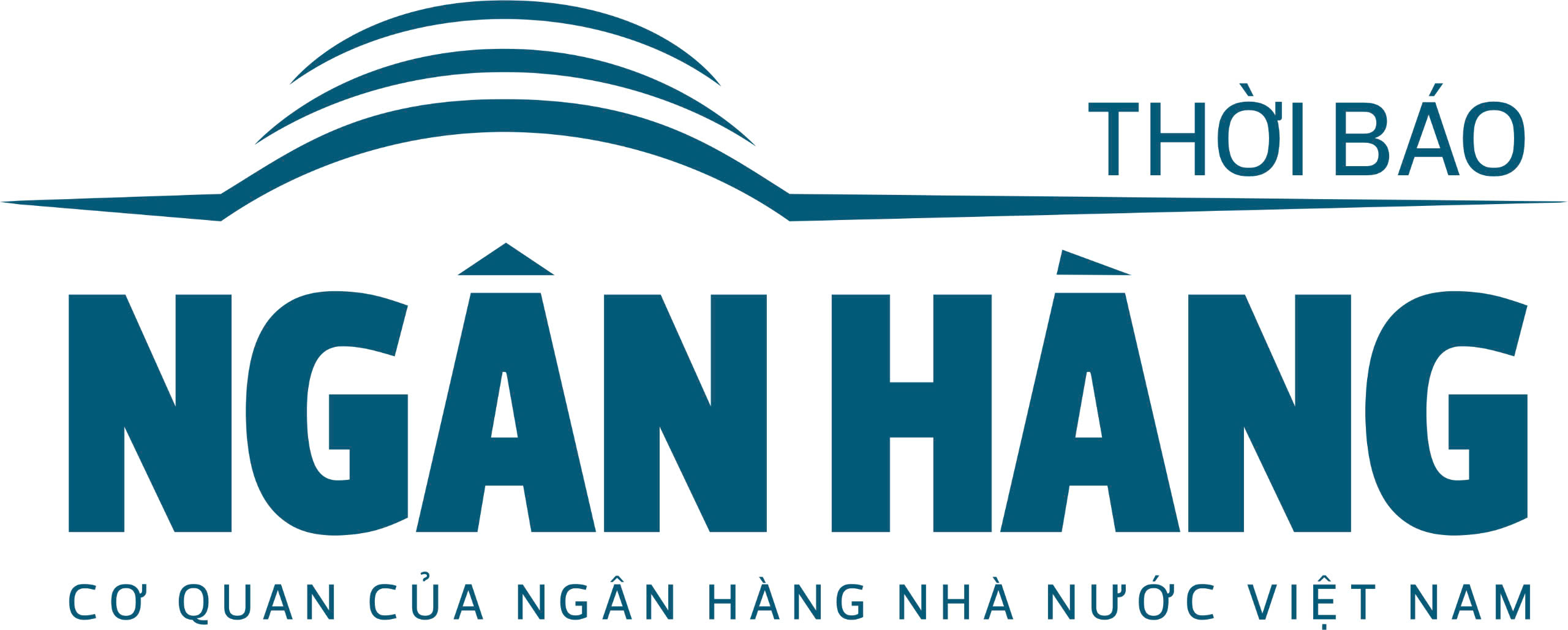










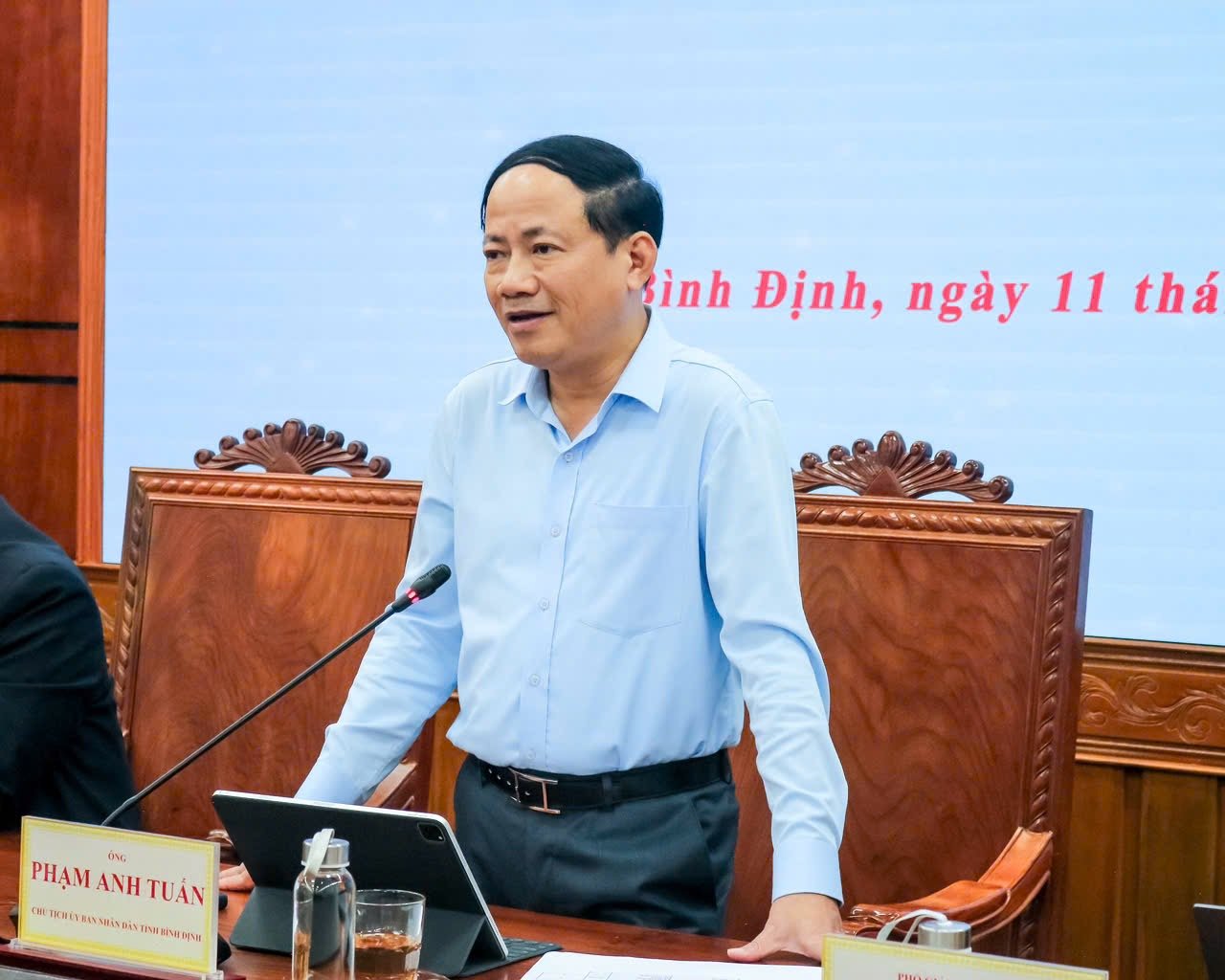


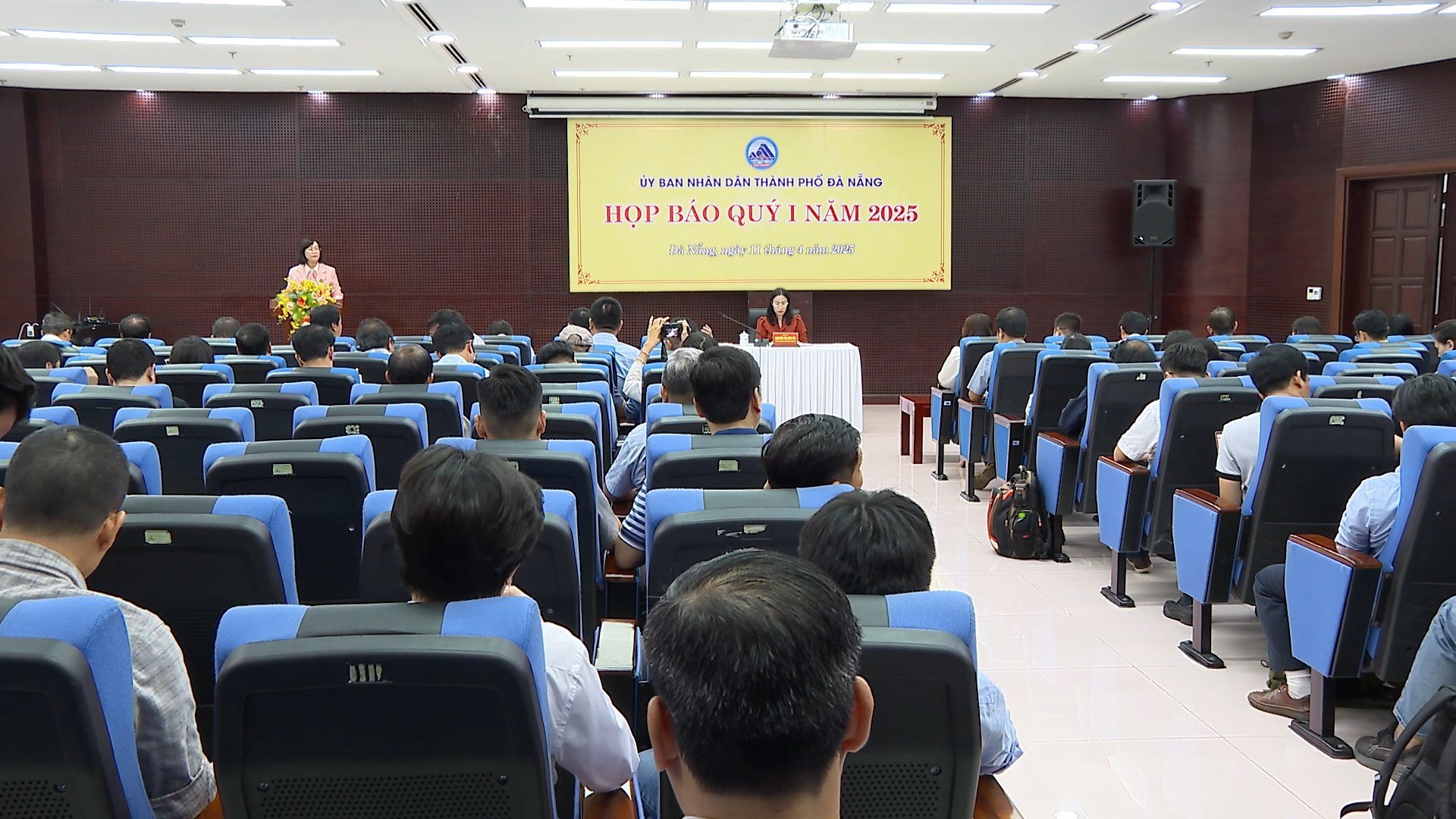



![[Photo] Summary of parade practice in preparation for the April 30th celebration](https://vstatic.vietnam.vn/vietnam/resource/IMAGE/2025/4/11/78cfee0f2cc045b387ff1a4362b5950f)











































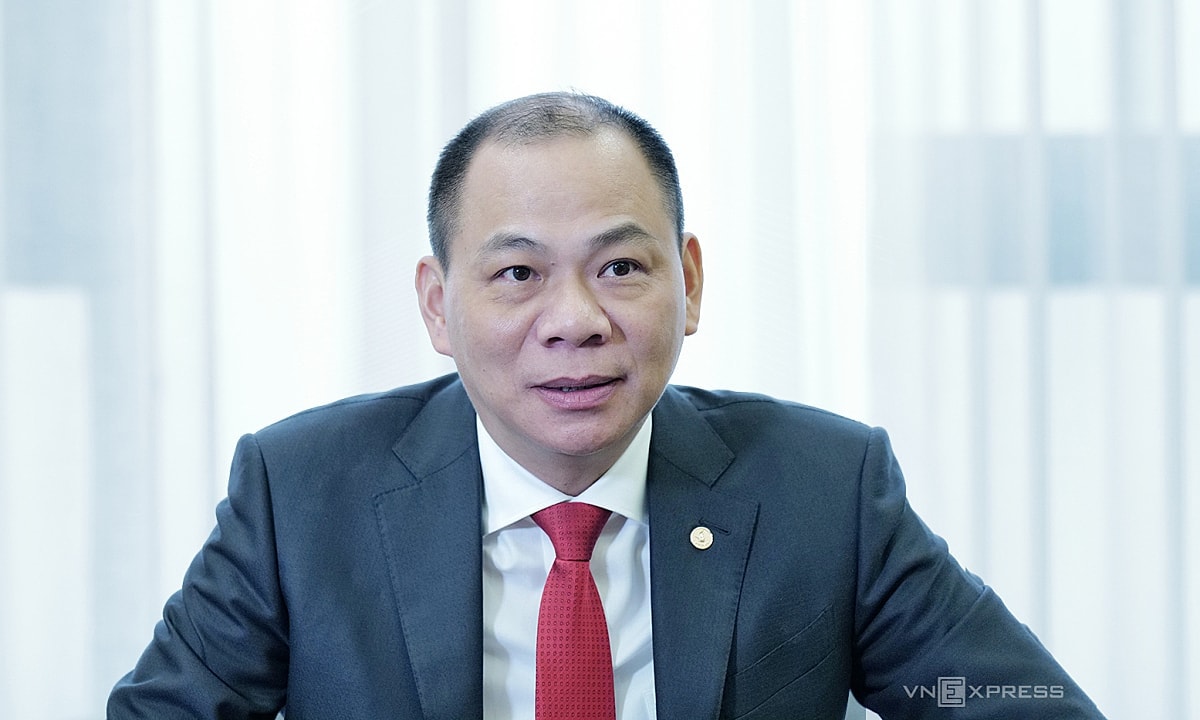















Comment (0)